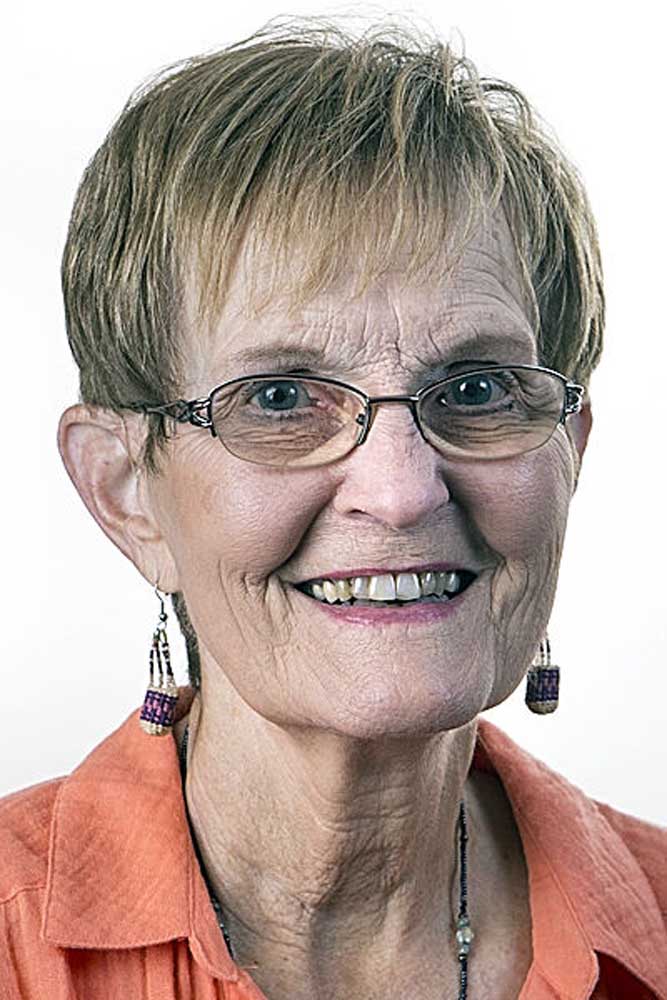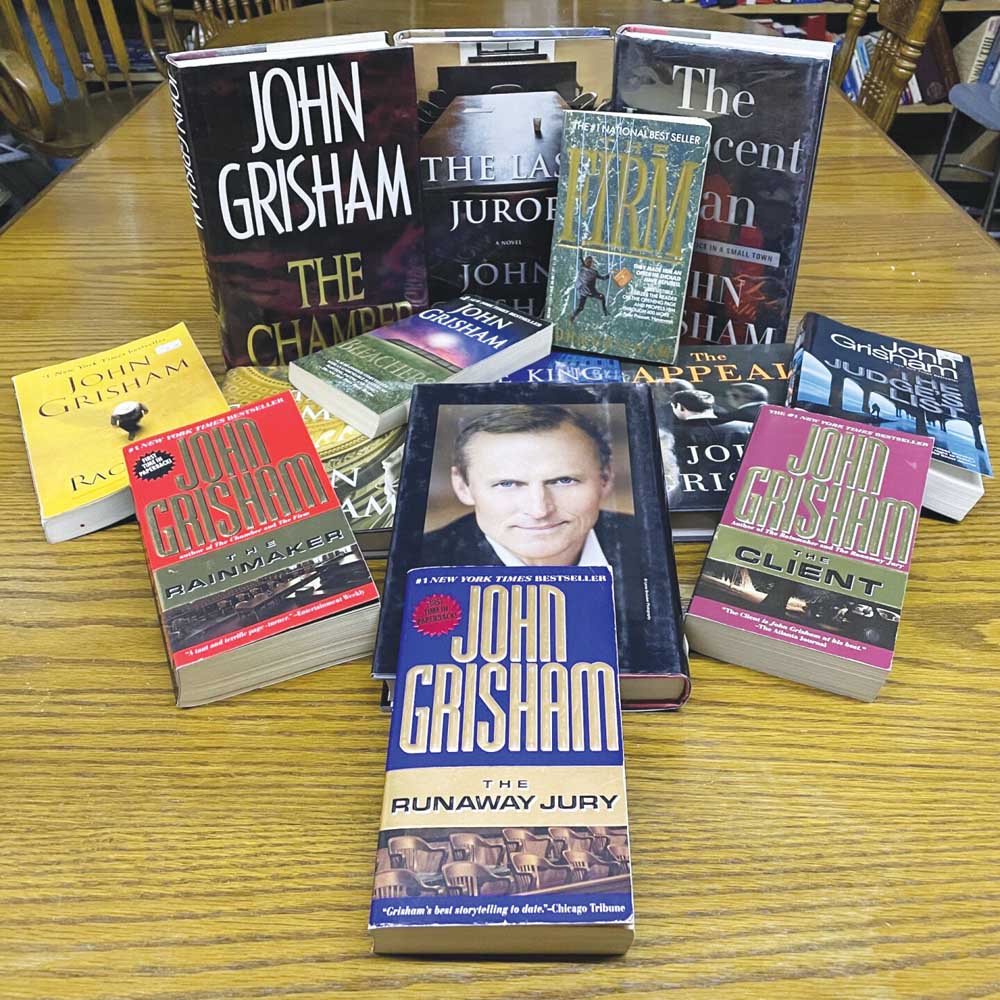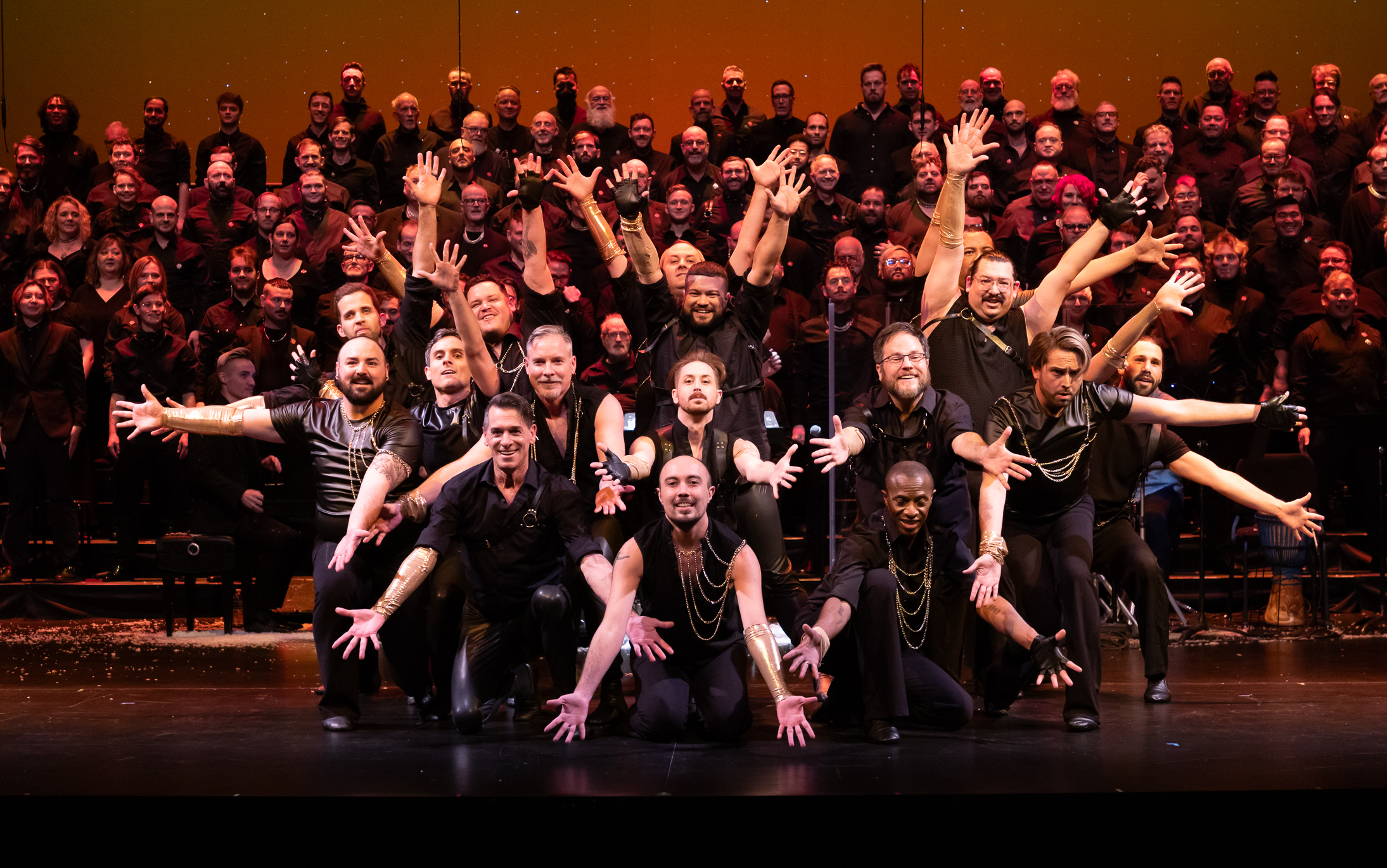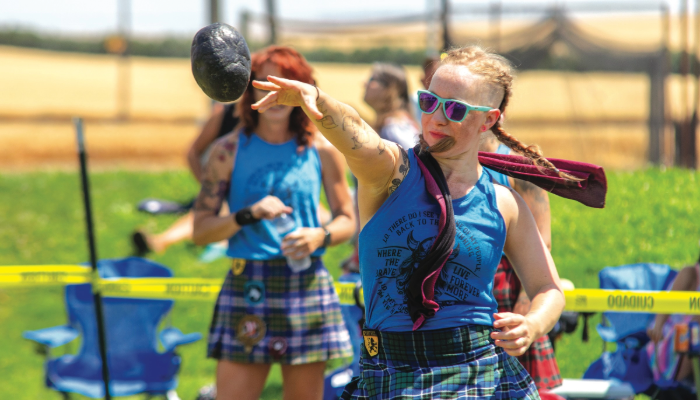‘Eminent Oregonians’ highlights important stories
Published 3:00 am Wednesday, November 3, 2021

- Kirkpatrick
Characterized as a publication “inspired by Lytton Strachey’s ‘Eminent Victorians,’” the authors of “Eminent Oregonians” describe three Oregonians — Abigail Scott Duniway (1834-1915), Jesse Applegate (1811-1888) and Richard Lewis Neuberger (1912-1960) — “who were often at odds with their moments in history.”
Trending
In the newly released book’s promotional materials, Richard A. Baker, U.S. Senate historian emeritus, said Oregon authors Jane Kirkpatrick, R. Gregory Nokes and Steve Forrester each present well-sourced and insightful commentary.
Forrester first pondered the publication in 1987. However, as the editor and publisher of the Daily Astorian, he didn’t have time to tackle the project. After retiring, Forrester found the time. He recruited Nokes, who was immediately on board.
“The project seemed like a perfect opportunity to tell the stories of people who have received little public recognition for their important contributions to shaping the Oregon as we know it today,” Nokes said.
Trending
While having lunch together, Forrester shared that he wanted a female author to write a chapter about Duniway — Nokes suggested Kirkpatrick.
Jane Kirkpatrick
An award-winning author, Kirkpatrick has penned more than three dozen fiction and nonfiction books — many based on the lives of historical women. Her September 2020 historical fiction release, “Something Worth Doing,” centered around Duniway, an early women’s rights advocate, newspaper editor and writer.
Kirkpatrick, who was writing and researching both projects simultaneously, said it was a challenge. Working with two different editors, she said, helped her navigate the process.
A biographer, she said, explores what someone did and when they did it, while a novelist explores why they did it and how they might have felt about it.
“I hope I expanded a vision of Duniway by looking at how landscape, relationships, spirituality and work helped her be that eminent Oregonian,” she said.
Kirkpatrick said Duniway’s “persistent and sometimes crusty personality” impacted the suffrage movement in Oregon. Spanning more than 40 years and six campaigns, women across the state finally gained the right to vote in 1912 — three years prior to Duniway’s death.
R. Gregory Nokes
Nokes, a former journalist and foreign correspondent who has authored several books about Oregon’s history, shares about Applegate’s trailblazing efforts. While conducting research for books he had been writing on Oregon history, Nokes said Applegate’s name kept coming up.
“The more I learned, the more interesting he became,” he said.
Several years after Applegate and his brother, Lindsay, each lost sons on the Oregon Trail — Nokes explained they both drowned in a whirlpool on the Columbia River route — he helped pioneer an alternate southern route. A safer alternative, it was later called the Applegate Trail.
A representative of the state’s pioneer government, Applegate played a major role in dissuading delegates from approving slavery during the 1857 Constitutional Convention in Salem. However, he was unsuccessful in fighting a constitutional provision prohibiting Blacks from settling in Oregon.
“In protest, Jesse refused to sign the constitution,” Nokes said.
Steve Forrester
Forrester, president and CEO of EO Media Group, who once served as a U.S. Senate page, writes about a political figure who died at age 47. However, Forrester said Neuberger “spawned a number of successors, including his wife, Maurine.”
“He’s an essential link in Oregon’s political history of the first half of the 20th century,” Forrester said.
In 1940, Neuberger was elected to the Oregon House of Representatives. Then in 1954, he won a seat in the U.S. Senate, where he co-sponsored original legislation that later became The Wilderness Act. Forrester said Neuberger’s political activities gave rise to the Democratic Party.
“He gave it a voice,” Forrester said.
The chapter about Neuberger in “Eminent Oregonians” is just a beginning for Forrester. He anticipates further research and writing a full volume about the man he first met as a youngster.
As an 8-year-old, Forrester recalls being fascinated by Neuberger, who visited his family’s home in Pendleton — his father and Neuberger had become acquainted while writing at The Oregonian.
Three Oregonians
Kerry Tymchuk, Oregon Historical Society executive director, described “Eminent Oregonians” as three talented Oregon authors sharing remarkable stories about three iconic Oregon figures.
“If you love Oregon history,” she said, “it doesn’t get much better than that.”
For more information or to order the book, visit www.eo-mediagroup.com/books/ eminent_oregonians.









